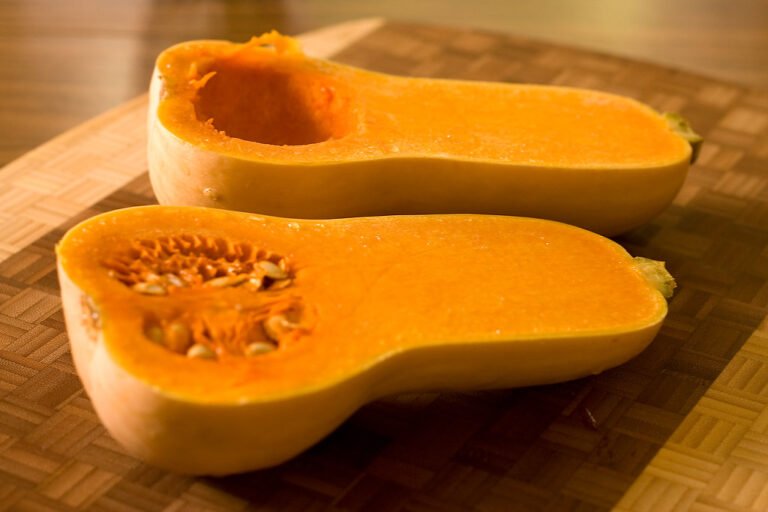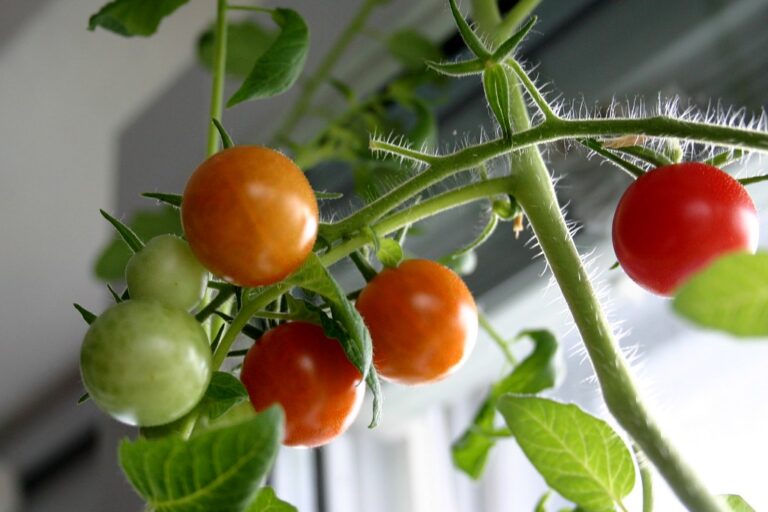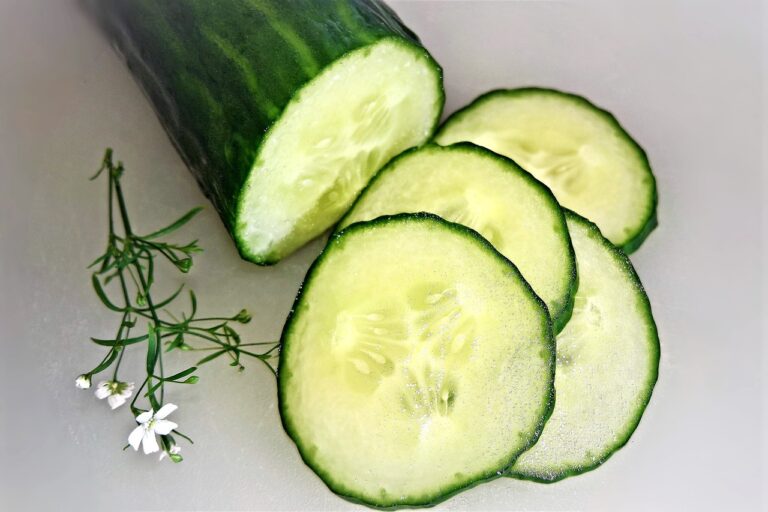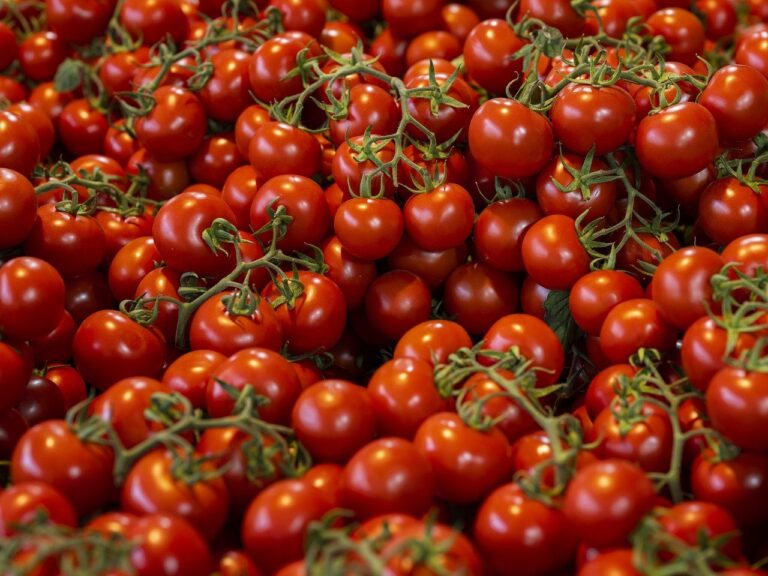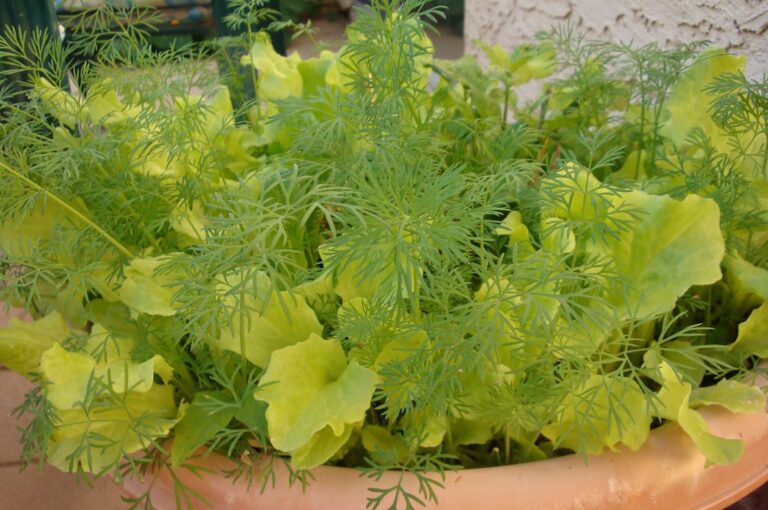Guide to Harvesting and Storing Vegetables: Timing and Techniques
To maximize freshness, harvest vegetables in the morning when they have ideal water content. Refer to the Florida Vegetable Gardening Guide for the best days to harvest. Check veggies for readiness to guarantee top-quality flavor. Maturity days vary from 30 to 150 days. Pick summer squash when small to medium-sized with tender skin and edible seeds. Refrigerate high-moisture veggies like lettuce and peas; tomatoes and peppers can stay out. Keep root veggies in cool, dry conditions. Freezing, canning, or drying are excellent for long-term storage. Match veggies with suitable methods. Blanching maintains color, flavor, and freshness. Proper canning techniques are vital, and pickling extends shelf life.
Best Time to Harvest Vegetables
When I gather vegetables in the morning, I make sure they have perfect water content and freshness. Harvesting vegetables at the right time is important for maintaining their quality. The Florida Vegetable Gardening Guide can be a valuable resource in determining the best days for harvesting. It is vital to test the readiness of vegetables before fully harvesting them to guarantee they reach ideal flavor and quality.
Different types of vegetables have varying maturity days, which can range from 30 to 150 days. For summer squash, the best time to harvest is when the fruit is small to medium in size, with tender skin and edible seeds. Winter squash, on the other hand, should be left on the vine until the skin hardens and cannot be easily punctured with a fingernail.
When harvesting root vegetables, such as carrots or beets, it is best to wait until they have reached a suitable size for the variety. For leafy vegetables like lettuce or spinach, picking the outer leaves first allows the inner leaves to continue growing for future harvests. Proper timing when harvesting vegetables ensures they are at their peak regarding taste, texture, and nutritional value.
Proper Techniques for Vegetable Storage
For prime preservation and quality retention, mastering the correct storage techniques for different vegetables is essential. Vegetables with high moisture content, like lettuce, peas, corn, and herbs, benefit from refrigeration to slow down decay and prolong freshness. On the other hand, certain vegetables such as tomatoes, peppers, peaches, and plums are best stored at room temperature on the counter to maintain their best taste and texture.
Root vegetables, including carrots, potatoes, and beets, can be stored in a root cellar or basement. These vegetables thrive in cool and dry conditions which help prevent sprouting and maintain their crispness for extended periods. Freezing, canning, and drying are effective methods for preserving vegetables for long-term storage. Freezing vegetables like green beans, broccoli, and cauliflower can help retain their nutrients and flavors for future use.
When considering storage conditions, it’s vital to match the vegetable with the right method to ensure its longevity. By choosing the appropriate storage technique based on the vegetable’s characteristics and moisture content, you can enjoy your harvest vegetables at their peak for longer periods.
Blanching for Freezing Vegetables
Blanching vegetables before freezing is a crucial step in preserving their color, flavor, and texture while deactivating enzymes that can lead to deterioration during storage. To blanch vegetables effectively, start by bringing a pot of water to a rolling boil. The vegetables should be submerged in the boiling water for a specific amount of time, depending on their type. After blanching, immediately transfer the vegetables to a bowl of ice water to rapidly cool them down and stop the cooking process.
The purpose of this blanching technique is twofold. To begin with, it deactivates enzymes that can cause loss of color, flavor, and texture in vegetables over time. Additionally, blanching helps to eliminate dirt, bacteria, and surface microorganisms present on the vegetables, contributing to their preservation. Proper blanching not only maintains the visual appeal of vegetables but also ensures that they retain their nutritional value during storage.
Canning Methods for Vegetable Preservation
To effectively preserve vegetables, utilizing canning methods such as boiling water bath or pressure canning is essential. Canning is a process that seals vegetables in jars to prevent spoilage by destroying enzymes and bacteria while maintaining peak quality, flavor, and nutrients. Boiling water bath canning is suitable for high-acid vegetables like tomatoes, pickles, and fruits. This method involves submerging filled jars in boiling water for a specific time to create a vacuum seal. On the other hand, pressure canning is necessary for low-acid vegetables such as green beans, carrots, and potatoes. Pressure canning requires a specialized pressure canner to reach high temperatures that kill harmful bacteria like Clostridium botulinum, ensuring safe preservation.
When canning vegetables, it’s essential to follow strict procedures to guarantee safety and prevent spoilage. Always inspect canned foods for signs of spoilage, such as leakage, bulging lids, or off odors, before consumption. Additionally, attending workshops offered by local Extension offices can provide valuable guidance and hands-on experience in proper canning techniques. By mastering canning methods, you can enjoy your homegrown vegetables throughout the year while preserving their freshness, flavor, and nutritional value.
Pickling Vegetables for Longevity
Preserving vegetables prolongs their lifespan by submerging them in a vinegar-based solution with salt and seasonings to extend shelf life. Pickling is a popular method for preserving fresh cucumbers, green beans, and okra, creating tangy and flavorful snacks or condiments. Brined pickles involve soaking vegetables in a saltwater solution before pickling, ensuring proper flavor development. In contrast, quick pickles require a shorter soaking time, providing a faster option for preserving vegetables.
When pickling vegetables, it is important to use food-safe containers to prevent contamination and maintain the safety of the preserved produce. Following tested pickling recipes and instructions diligently is vital to achieve the desired flavor profile and ensure the safety of the pickled vegetables. By adhering to proven methods, you can enjoy delicious pickled vegetables with an extended shelf life.
Experiment with different seasonings and spices to customize the flavor of your pickled vegetables. Whether you prefer a classic dill pickle or a spicy pickled green bean, pickling allows for versatile flavor combinations. With the right techniques and attention to detail, you can create a variety of pickled vegetables to enjoy year-round.


